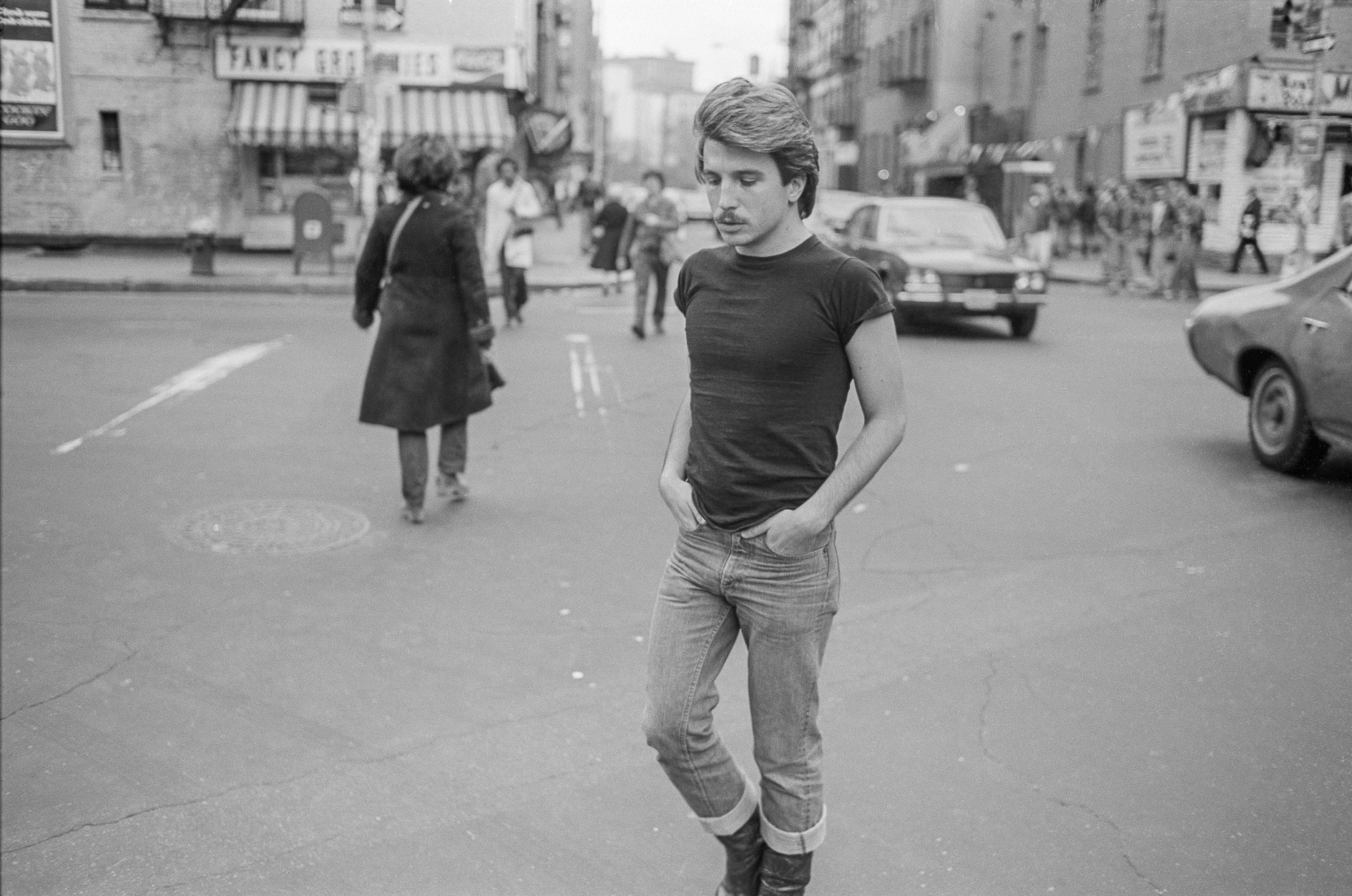For this research artist assignment, I will have to find 2 artists’ work that inspired me for my project. Before going into the details of the artists’ research. I want to talk about what I have done for the Studio and Seminar class. For the Seminar class, my topic is about “The lack of masculinity misconception towards Asian-American males due to the differences within the concept of stereotypes.” For my studio class, I wanted to express my idea for my research topic through a form of photographic for my Studio portion of my topic. I would like to shoot a series of photos that express the wrongful thoughts of the misconception toward Asian-Americans’ perception of a lack of masculinity by utilizing different prompts and creating various signifiers within each photograph to showcase my ideas.

“The slave” (1974).


“Ken Moody”(1983).

“Ken and Tyler” (1985).


The second artist, Sunil Gupta.

Untitled #22 from the series Christopher Street, 1976
I was also inspired by his model’s posture and the dress code of the model. I also wanted to utilize the clothes and hairstyles to enhance the ideas of diversities between western stereotypes and Asian stereotypes towards Asian-American male. I have the idea of doing henna tattoos on my model to fulfill the western masculinity stereotypes towards man. But at the same time posing a feminine pose to create a contrast between the tattoos and the pose.
*Henna tattoo: Henna has been used for more than 5,000 years to dye skin, hair, fingernails, and even fabrics in Pakistan, India, Africa, and the Middle East. The act of giving intricate henna tattoos is called Mehndi and is traditionally only done on women — never men.
https://theanthrotorian.com/culture/2013/7/27/traditional-henna-tattoos

